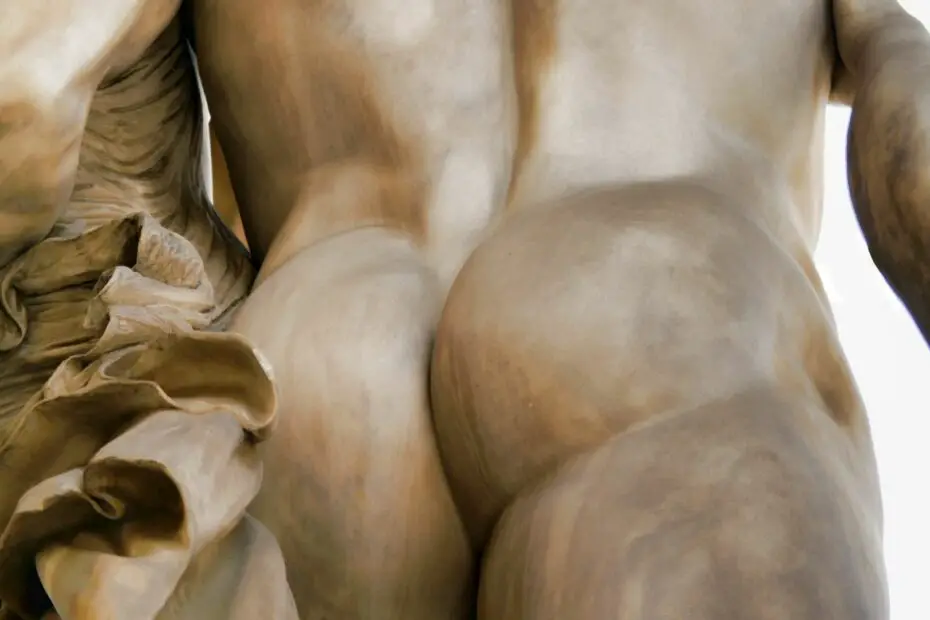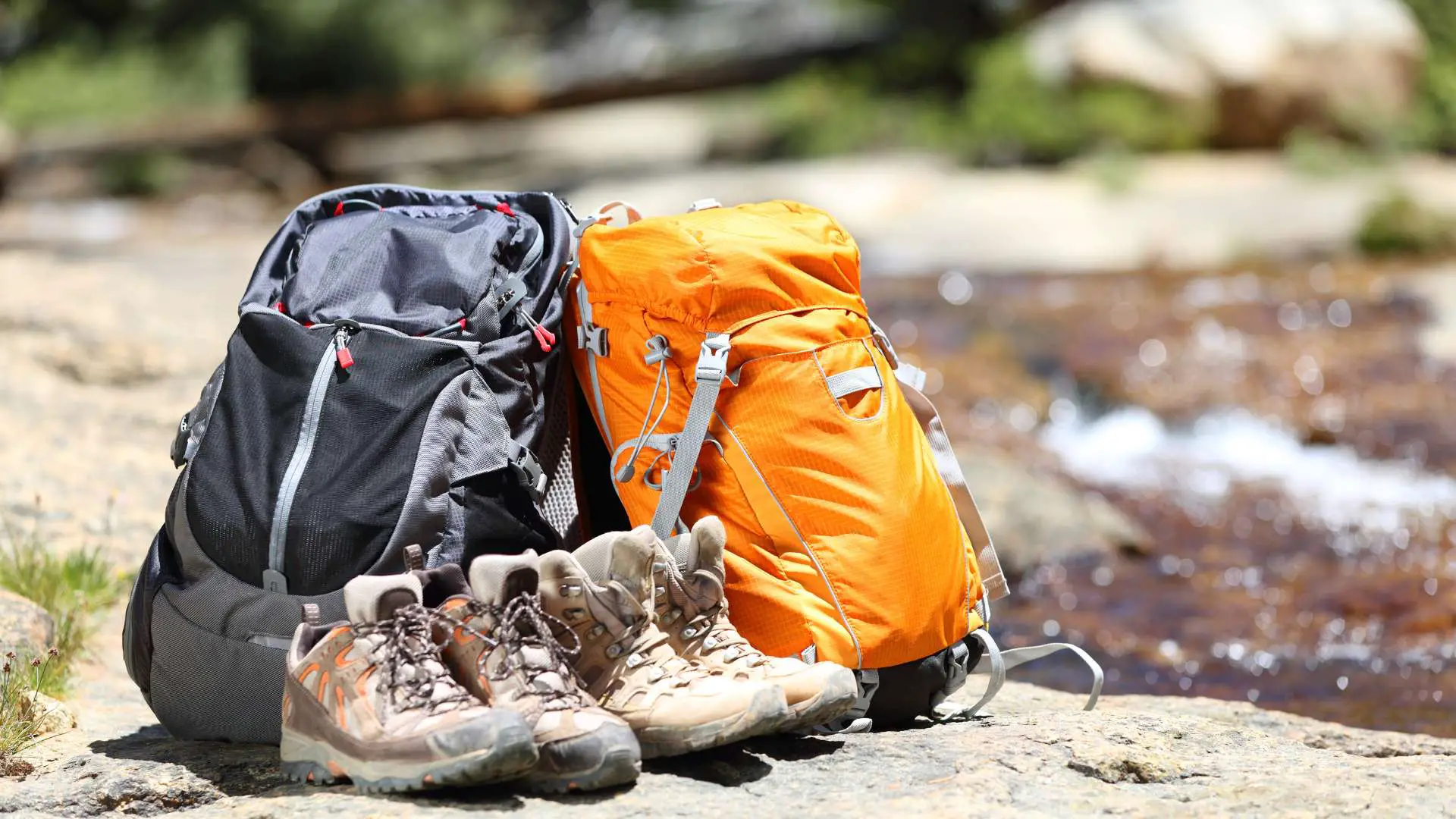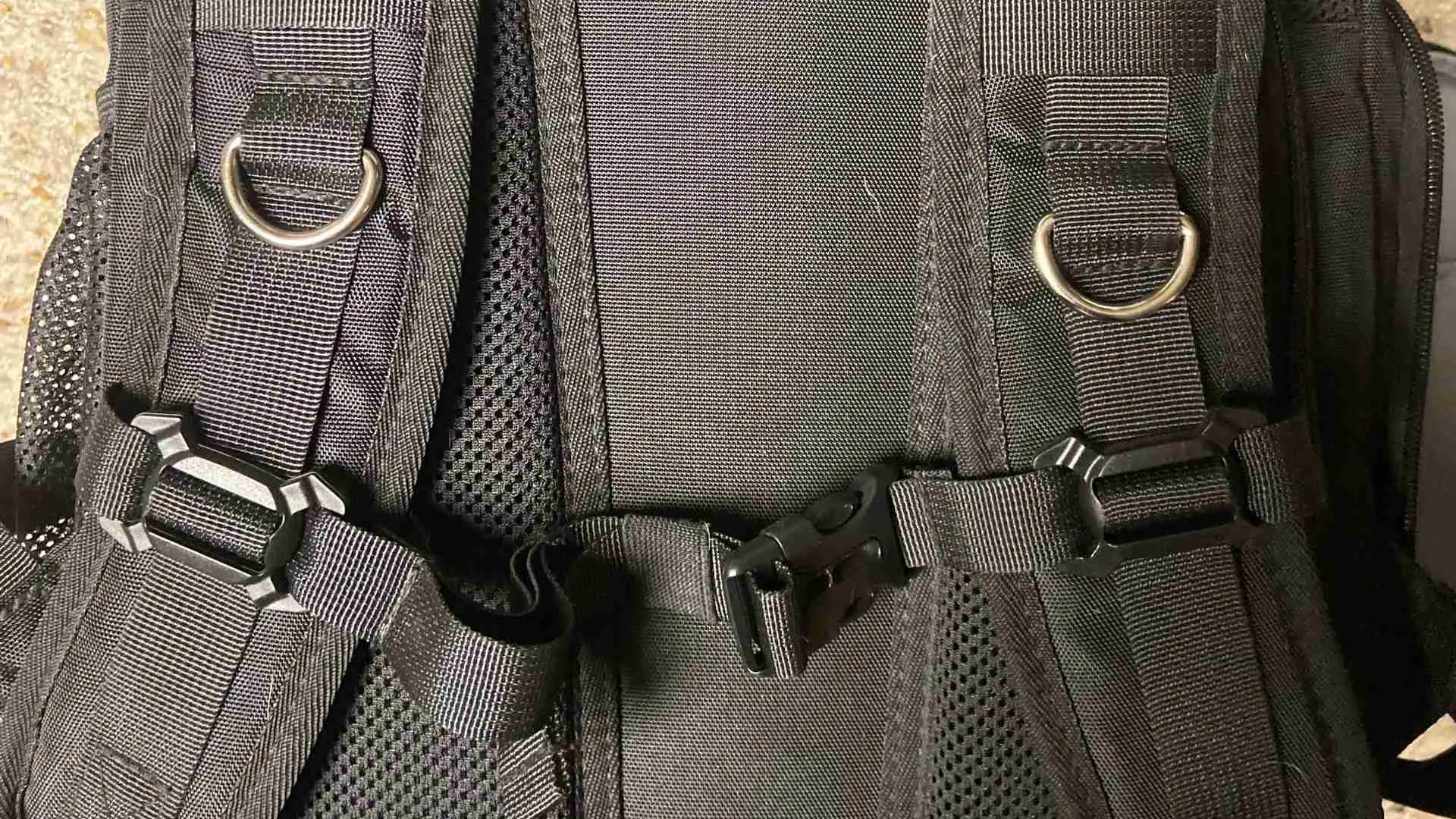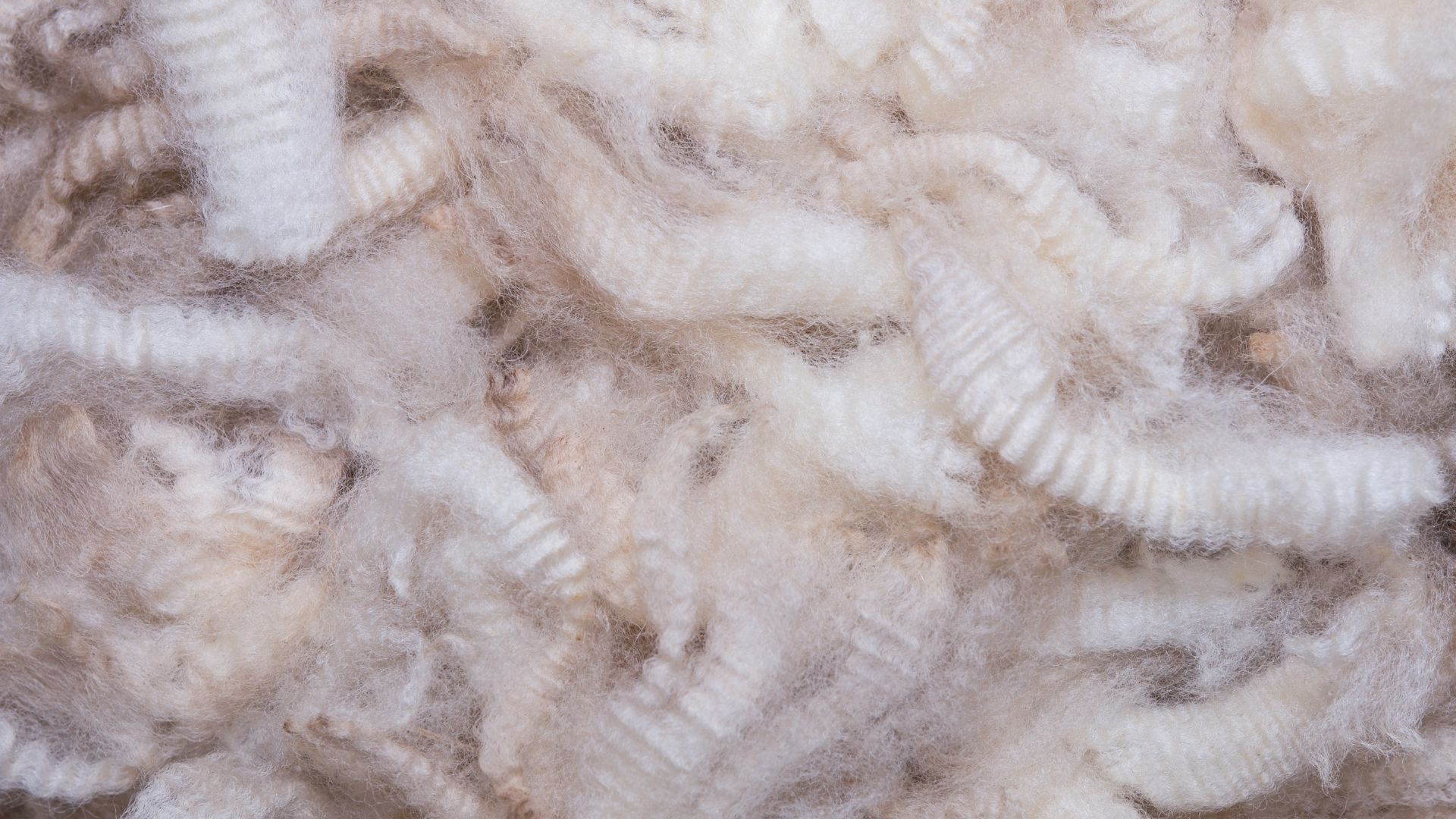Butt Chafing: we’ve all experienced the pains of butt chafing, yet hardly anybody talks about it. Butt chafing is a serious reality for many athletes and outdoor enthusiasts during the summer months. Ignoring chafing can lead to a painful, sticky, uncomfortable experience, and possible infection if left untreated. Don’t suffer in silence, when there’s an easy way to cure and prevent butt chafing.
How to cure and prevent butt chafing.
Table Of Contents
What Causes Butt Chafing?
Chafing can be an excruciatingly painful problem that many people experience. Butt chafing is a common problem that can occur when skin rubs against skin. This can happen when you are walking, running, exercising in the heat, or even just sitting down on a hot day. There are many things that can cause butt chafing, including tight clothing, sweat/moisture and body oils, a lack of lubrication, and common skin conditions like eczema.
If you are experiencing butt chafing, there are a few things you can do to help prevent it from happening again. The key to preventing and curing butt chafing is to reduce moisture buildup, eliminate loose fitting clothes, and apply lubricating ointments to create a barrier on your skin. I’ll explain how to cure/prevent butt chafing below, but lets go over the common symptoms of butt chafing.
Side Effects & Symptoms of Butt Chafing
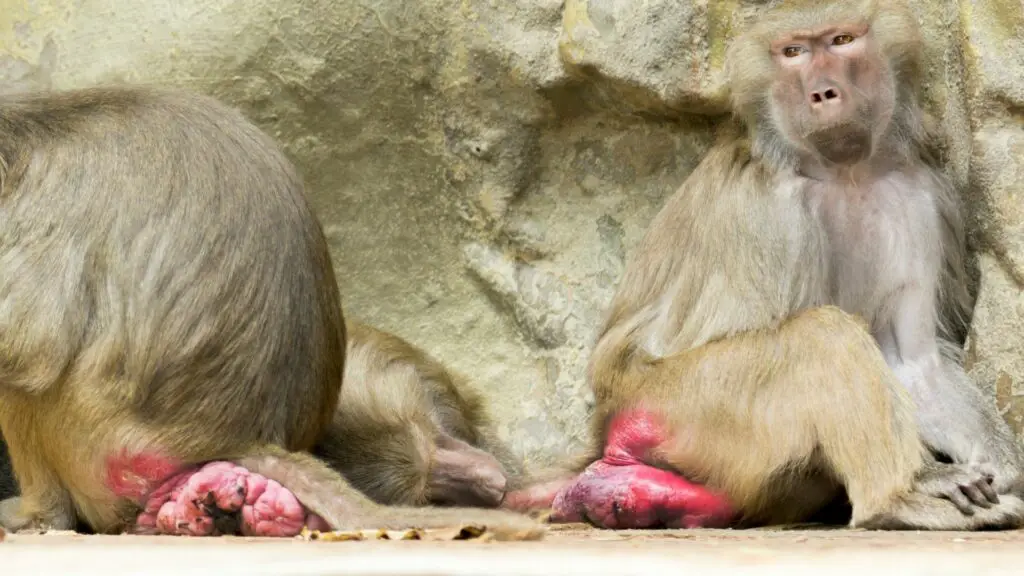
Butt chafing is commonly referred to as “Monkey Butt”, which refers to the red swollen glands on a monkey or baboons bum. Monkey butt is one of the most common symptoms of butt chafing. When humans experience butt chafing it can create a red, swollen, painful patch of skin that resembles a monkeys bright red irritated butt (hence the name “Monkey Butt”).
My butt’s never gotten that inflamed (even on my worst days), but butt chafing is a common problem that many people experience in the summertime. This condition can be caused by many things, including tight clothing, excessive sweating, and skin irritants. Knowing whether or not you are experiencing butt chafing isn’t difficult, just look for a few common signs.
Common Signs of Butt Chafing
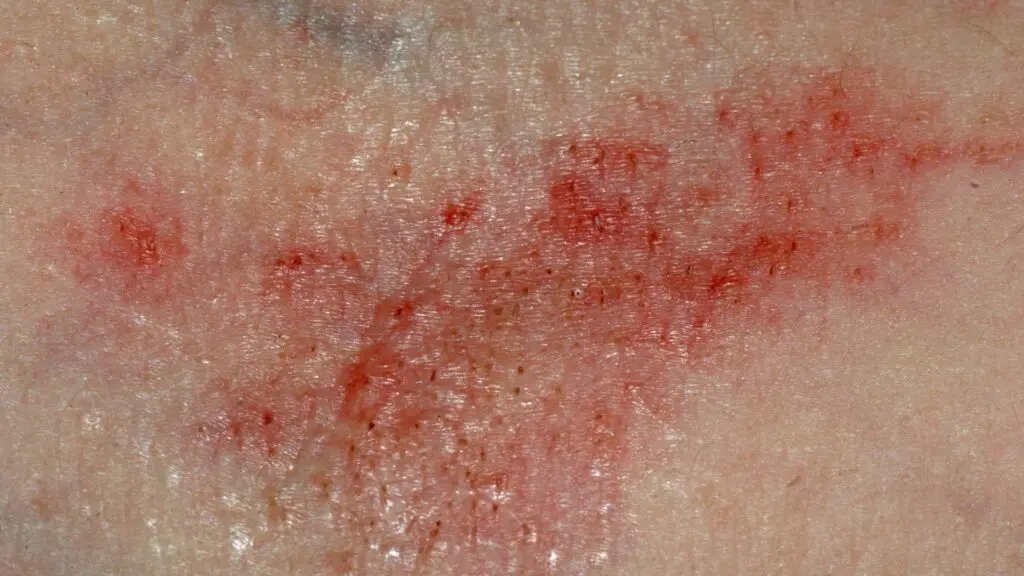
- Redness between the cheeks and buttocks
- Constant aching/throbbing pain in and around the buttocks
- Heat Rash: Itchy and Painful Bumps or Rash on the butt area
- Swelling and Tenderness on the skin
- Hot spots and raw slightly shiny skin
Unfortunately, butt chafing rarely occurs at the buildup of a hike, run, bike ride, etc. It will occur miles away from your car, which means it’s nearly impossible to stop and fix chafing issues immediately. There are ways to temporarily reduce the pain, but it’s difficult to completely eliminate chafing once it starts.
Finding ways to prevent chafing from occurring in the first place is the key to eliminating chafing pain. Once chafing starts, the best thing to do is head back to your car, house, or campsite to give your skin time to heal. That’s not always possible, but continuing on your hike, run, etc. will make matters worse.
There are ways to minimize the irritation if you catch chafing ear, but you still need to eliminate whatever caused the irritation in the first place. Chafing can get bad fast if you’re unable to address the problem. It will continue to get more irritated leading to seriously painful side-effects. Chafed skin can go from a minor red rash to a bloody blistered mess in severe cases. Chafing can even lead to infection that can require extensive treatment and long recovery times in extreme cases.
Common Chafing Areas
Do you ever have those days when your clothes feel like they’re rubbing against your skin in all the wrong places? If so, you may be experiencing chafing. Chafing is a common problem that can occur in any area of the body where skin rubs against skin or clothing.
While this article will focus solely on the buttocks area, every area of the body can experience chafing. Chafing commonly occurs in the following parts of the body:
- Neck and Shoulders: Whether or not you experience neck and shoulder chafing depends on your outfit and gear. Sports bra straps, swimsuits, backpacks, and any kind of tight fitting straps can cause neck and shoulder rubbing.
- Armpits and Underarm Area: Underarm and armpit chafing are common with tight brans and poorly fitted non-breathable t-shirts. Choose moisture wicking technical athletic fabrics to reduce the risk of underarm chafing. A well fitted athletic shirt and antiperspirant should eliminate most underarm chafing issues.
- Nipples and Lower Chest: Nipple chafing is most commonly found with runners, but it can happen to anybody that exercises in warm weather. It’s caused by your nipples and chest rubbing against the fabric of your shirt. A sports bra and well-fitting athletic shirt should help prevent this. You may also need to use lubricating creams and bandages on long distance runs/hikes.
- Waistline: Heat rash and chafing is extremely common around the waistline. This is usually caused by exercising in denim or cotton clothing that absorbs moisture. Choose moisture-wicking hiking pants or synthetic shorts if you’re dealing with waistline chafing.
- Groin and Inner Thighs: Massive inner thighs are prime real estate for chafing issues. Cotton underwear (absorbs moisture) is the most common cause, but weight gain also plays a part in inner thigh chafing. Merino wool underwear (I like Smartwool) is the best solution, but you can also wear synthetic long leg underwear.
- Feet: Feet chafing/blisters is extremely common problem among long distance hikers and runners. This is usually caused by sweat issues and can be cured by wearing merino wool socks and using blister prevention lubricants (Hikegoo).
How To Prevent Butt Chafing
There are several ways to prevent and treat butt chafing. Wearing loose-fitting moisture-wicking clothes and using a barrier cream or balm are two of the most effective methods. Unfortunately, what works for one person won’t work for everybody. The treatment methods on this list will help, but you will need to try out a few different methods to see what works for you.
1) Wear Moisture Wicking Fabrics To Avoid Butt Chafing
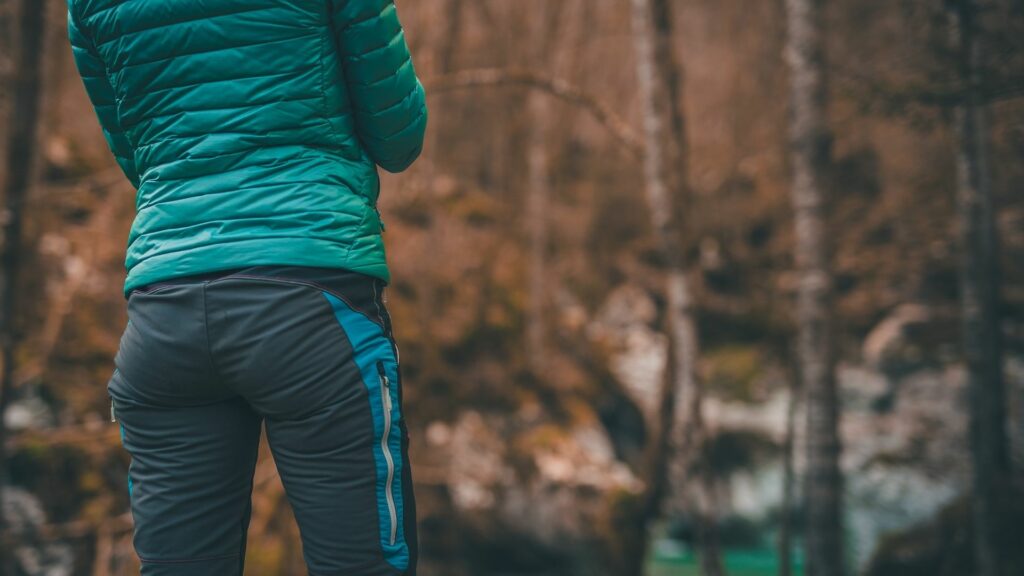
Do you hate the feeling of sweaty, chafed skin after a long day of exercising in the summer? If so, you’re not alone. Many people experience butt chafing during the summer months when the weather is hot and humid.
But there is hope! You can avoid this uncomfortable problem by wearing moisture wicking fabrics. Wearing moisture wicking clothing should be your first line of defense against chafing.
What Does Moisture Wicking Fabric Mean?
Never Wear Cotton! Cotton is notorious for absorbing moisture and taking forever to dry. Wearing cotton underwear and denim jeans is a guaranteed way to get butt chafing in the summer.
These fabrics are designed to pull sweat and moisture away from your skin, keeping you cool and dry. Any kind of synthetic technical fabric made out of a nylon/polyester blend will work. Merino wool is a much better choice if you can afford the premium price tag.
I always wear merino wool underwear (I like Smartwool) and synthetic hiking pants when I’m hiking or camping in the summer. Merino wool dries fast and can absorb 35% of its weight in water without feeling wet. Synthetics will also dry fast, but they will feel wet with a little bit of moisture.
So next time you’re planning an outdoor activity or heading to the gym, make sure to pack some moisture wicking clothes. You’ll be glad you did!
2) Apply Petroleum Based Moisturizing Lubricants Before/During Physical Activity
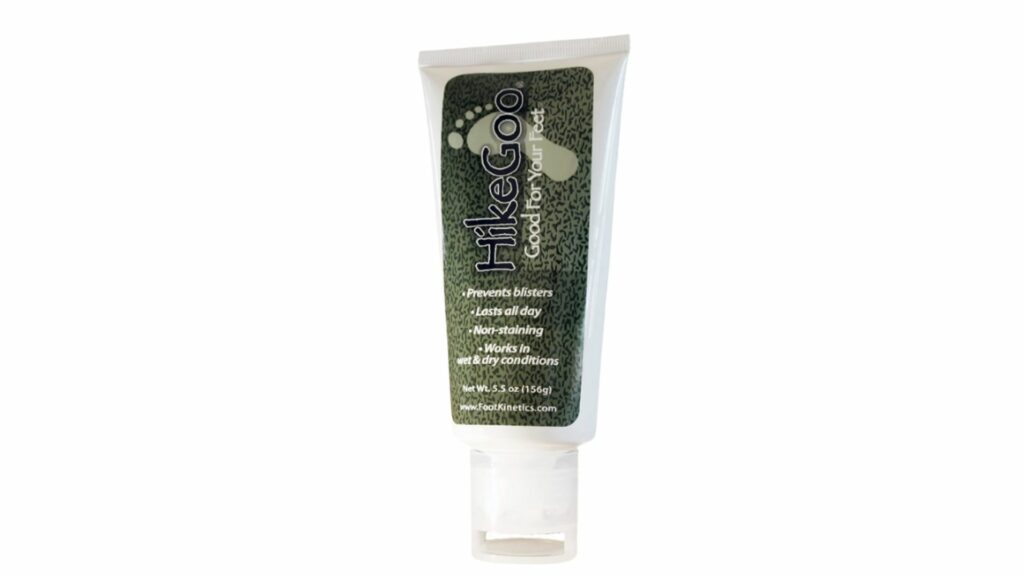
Use petroleum based lubricating creams to help prevent chafing before it occurs. Petroleum lubricants keep your skin hydrated a create a slippery barrier to reduce the amount of friction that you experience between your skin/clothing.
Petroleum based lubricants need to be applied before chafing starts to prevent irritation. You should switch over to a zinc-oxide based cream (I like Desitin) once chafing starts. I’ll talk about zinc-oxide creams more below, but they’re better at treating skin irritation once it starts.
I use a combination of HikeGoo and Bodyglide for dealing with chafing issues. Bodyglide is much easier to apply, but it looks like a stick of deodorant. That’s fine if you’re solely using it for butt chafing, but I don’t like rubbing something between my butt cheeks and then using it on the rest of my body.
I’ll use whatever I have in an emergency, but I like to carry a small tube of Hikegoo to use on my inner thighs and butt. A tiny 5.5oz bottle will last a very long time if that’s the only place you’re applying it.
Chamois Cream Is Another Popular Choice
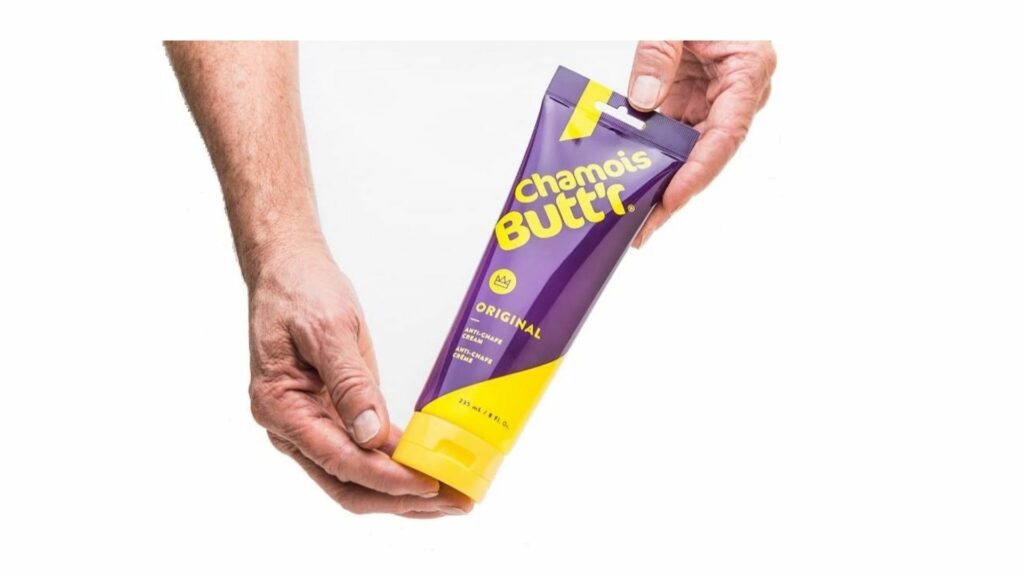
Chamois creams are extremely popular in the cycling communities. I’ve used Chamois Butt’r for years and it really helps. This is a great alternative to petroleum based creams if you don’t like the slippery feeling of petroleum based products.
I don’t think they’re as good at preventing chafing, but it will immediately improve comfort. It’s kind of like a hybrid between petroleum based products and diaper rash creams. Chamois cream helps with everything, but it’s not as good as using a combination of petroleum and zinc-oxide based products.
What About Anti-Chafing Powders?
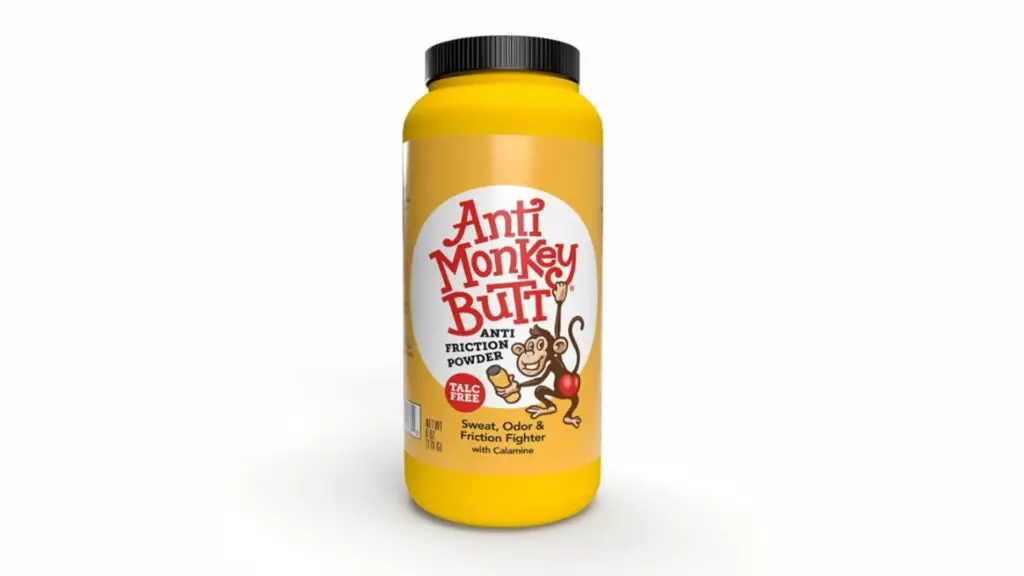
Anti-chafing powders will also help, but they’re really hard to apply. Anti Monkey Butt Powder is by far the most popular, but it’s really hard to apply. You basically need to strip down, pour a bunch of it on your hand, and toss it up into your buttocks.
The powder gets everywhere and it’s almost impossible to apply outside your home. They help reduce moisture, but I recommend going with a petroleum lubricant or zinc oxide cream. Powders are better than nothing, but they’re a pain to use so I would try to avoid them.
3) Apply Zinc Oxide Cream Once Chafing Occurs
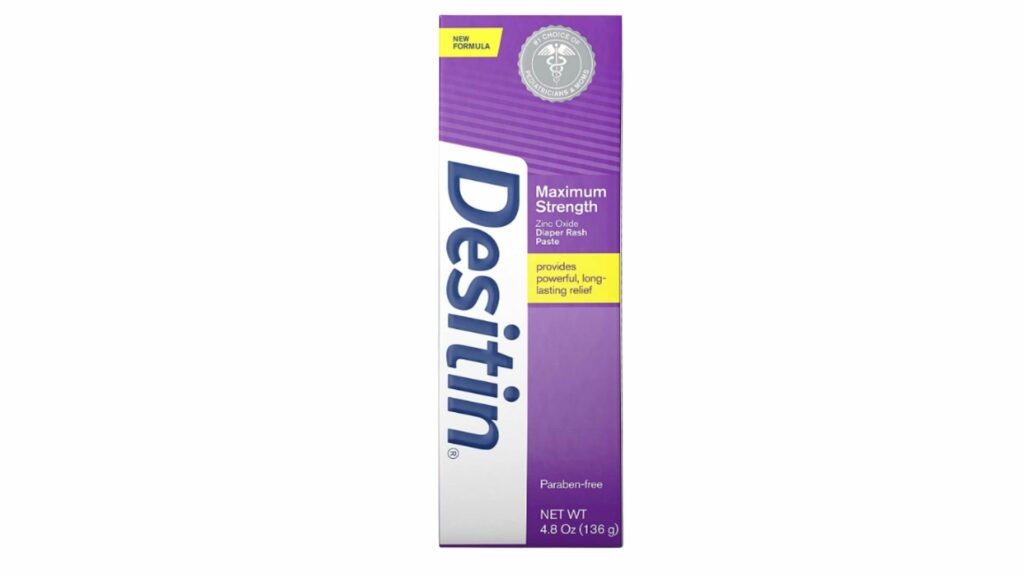
Every parent should have a tube of diaper rash cream sitting somewhere in their medicine cabinet. I always carry a small tube of Desitin in my pack to help with chafing issues on long hikes. Petroleum based products are better for preventing chafing, but nothing beats the relief you get from zinc oxide based creams.
Zinc oxide is the active ingredient in most diaper rash products. It’s usually a 40% concentration that you apply to the rash throughout the day. I prefer Desitin since it’s easy to clean the white residue off your fingers, but any kind of diaper rash cream will work.
Zinc Oxide creams immediately soothes and protects your skin while reducing additional moisture buildup. All it takes is a thin layer of cream over the affected area to treat and prevent further irritation. Just make sure you reapply the cream every hour or two to keep up with the rash.
4) Wear tight-fitting Clothes That Fits Comfortably
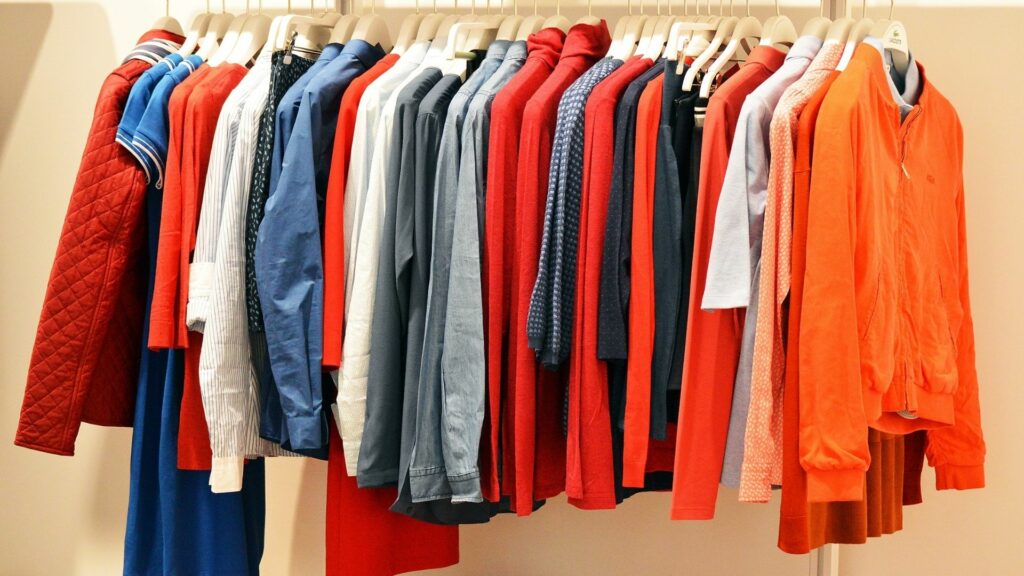
There’s a reason why long distance runners and runners wear skin tight compression fabrics. It completely stops their clothing from rubbing and irritating their skin. I’m not a fan of skin tight fabrics, but that doesn’t mean you should wear loose clothes.
Loose clothing will allow sweat and other body fluids to accumulate and lead to more discomfort. You want your clothing to be snug but not so tight as to cause pain or chafing. Snug clothes will be less likely to move as you exercise reducing rubbing between your thighs.
Don’t Tuck Your Shirt Into Your Pants: Never tuck your shirt tail into your pants when you’re exercising in the summer. Tucking in your pants is a common recommendation for avoiding ticks, but it cause further irritation and increase sweat buildup.
5) Keep Your Butt Clean and Dry
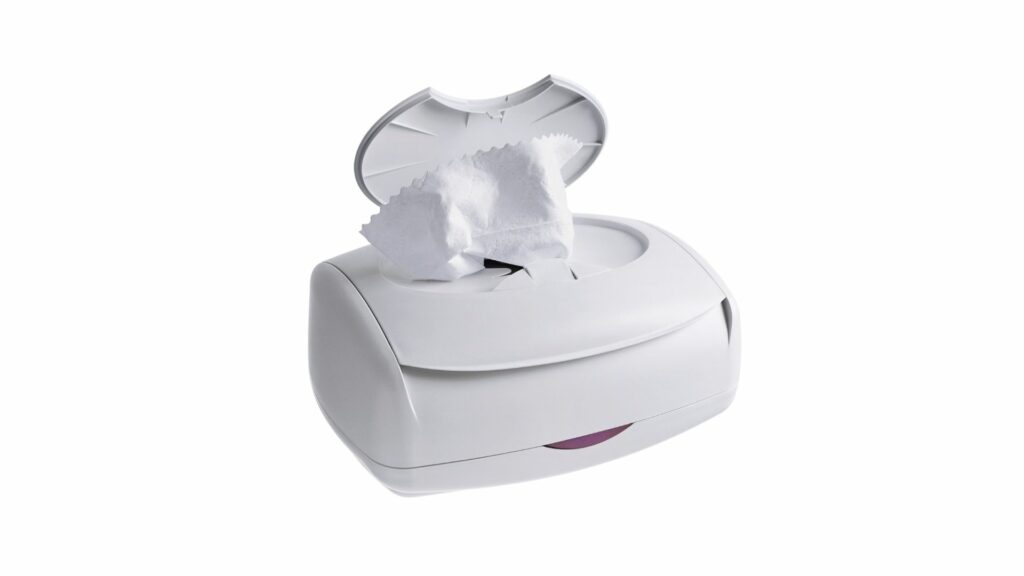
Most of my chafing issues were eliminated once I started cleaning myself with a bidet, but that’s hard to do when you’re camping in the middle of nowhere. Try to clean yourself up whenever you use the bathroom.
I recommend carrying around baby wipes if you regularly deal with chafing. Baby wipes will get off fecal matter, bacteria, sweat and body oils. Wipe yourself down with baby wipes whenever you use the bathroom and use them every couple of hours when you’re exercising.
Just remember to reapply anti-chafing cream after wiping yourself down! Some creams are more resilient than others, but it’s better to be safe than sorry.
Other Tips To Prevent Butt Chafing
In addition to wearing moisture-wicking fabrics and using anti-chafing products, there are certain changes you can make to reduce the likelihood of chafing.
- Plan Your Outfit Around The Weather: This should help cut down on excessive sweat. I always err on the side of caution when planning my hiking outfit. It doesn’t matter what the expected temperature is, wear moisture-wicking technical fabrics and avoid wearing cotton that absorbs moisture.
- Don’t Shave Between Your Butt Cheeks: It may seem like shaving your butt would help reduce friction, but it can actually cause more harm than good. Your hair creates a cushion between your skin and clothing. Plus freshly trimmed hair will be like tiny spikes rubbing between your butt.
- Keep Your Skin Hydrated With Moisturizers: Use moisturizers to reduce the likelihood of dry skin that can lead to irritation.
- Remove Wet Clothing Fast: Wear moisture wicking fabrics that dry fast and remove wet clothing before it cause a problem. Wet clothing makes chafing way worse, and it’s a breeding ground for bacteria.
Treating Butt Chafing
Most of this article has been about preventing chafing, but what if your skin is already chafing? Don’t worry! You can treat butt chafing easily by following a few simple tricks. It’s hard to prevent further chafing without stopping the activity that caused it, but you can reduce the impact with the following tips.
- Stop The Activity That Caused Chafing: This won’t always be possible, but try to stop the activity that’s causing skin irritation. If you can’t stop exercising clean up the area and apply chafing prevention creams.
- Wash Your Buttocks With Soap and Water: Thoroughly clean your butt with soap and water. It will most likely be irritated so try to be gentle. Pat the area dry to avoid further irritation.
- Apply Diaper Rash Cream: Apply a zinc oxide based diaper rash cream to prevent further irritation. It should immediately help soothe the affected area and help moisturize your skin.
- Wear Loose Breathable Clothing: You still want to wear tight clothes during exercise, but wear loose breathable clothing while you’re trying to give your skin a break.
- Rest For A While: Rest is by far the best cure for chafed skin. Try to stay off your feet for a few days to avoid further irritating your skin. Use a combination of petroleum and zinc oxide based chafing products if you need to exercise over the next couple of days.
